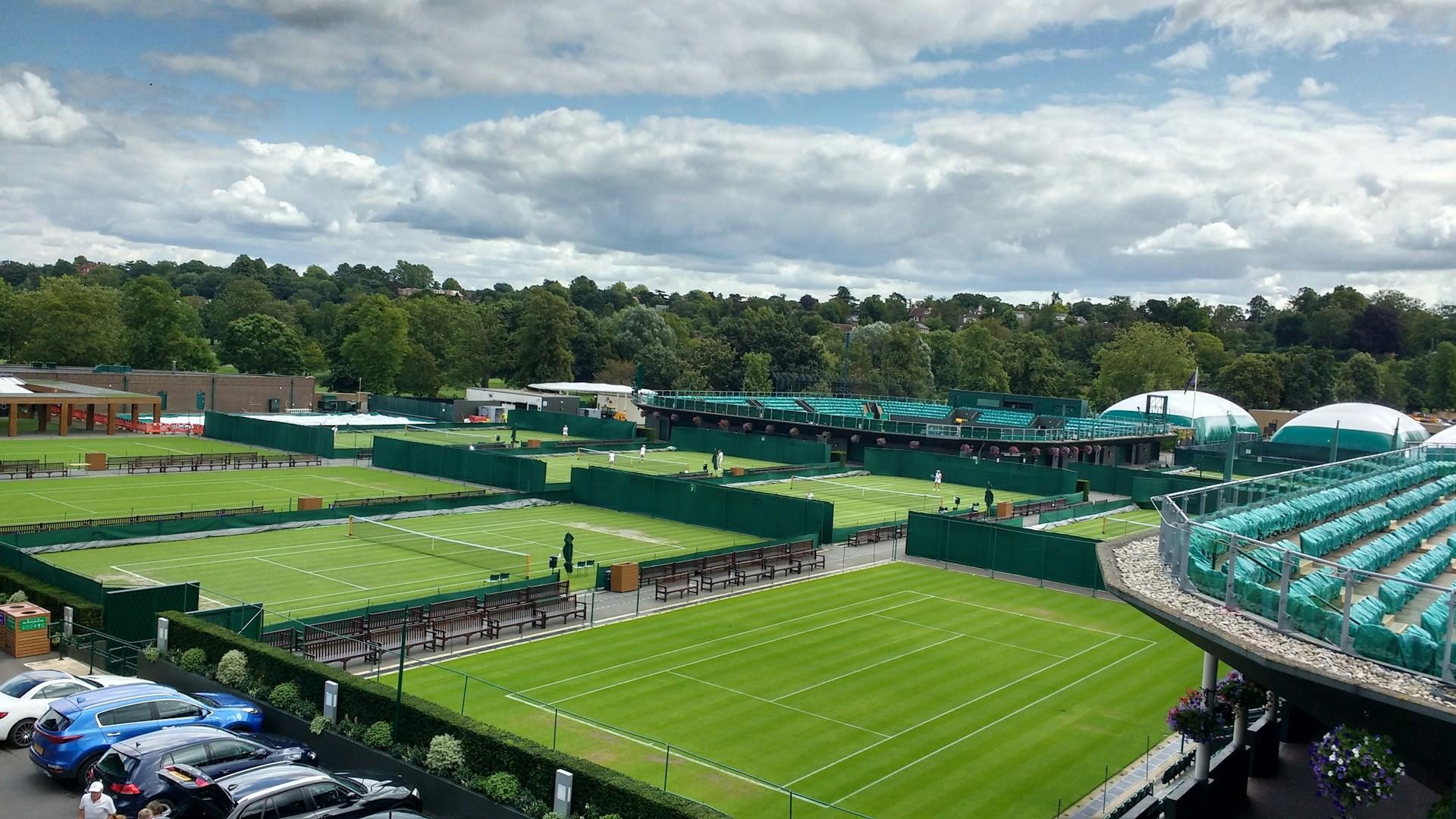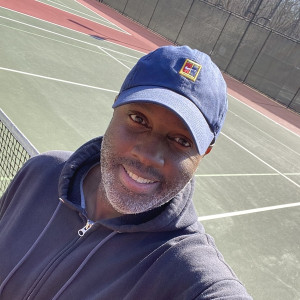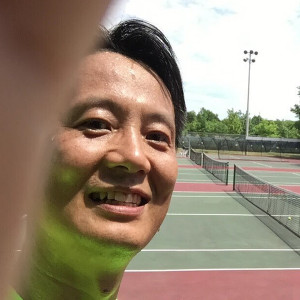
Introduction: What is Wimbledon?
When we think of professional tennis, immediately, the name of Wimbledon comes to mind, but why is that? To understand, we need to look back at the history of the tournament and the various events in its illustrious timeline which led it to be the largest and most prestigious tennis event internationally.
If you already know what Wimbledon is and how it works, feel free to skip to the next part, but in case you don’t… Wimbledon is an annual tennis tournament, which takes place in the… you guessed it… Wimbledon in London. The tournament follows a knockout format, meaning that players form a bracket and face each other in a series of matches until only one remains.
The initial pairings are decided by seeding, which in simple terms uses data on players and their rankings, to ensure that the best players all have a chance to compete every year.
Wimbledon is also the only grand slam championship played on grass, which actually has a great effect on the speed and spin of the tennis ball, meaning that players must train and prepare for these conditions, especially if they are used to playing on a different surface such as clay.
Now let’s take a look at the origins of Wimbledon and how it became what it is today while we prepare for the 2024 Wimbledon Championship.
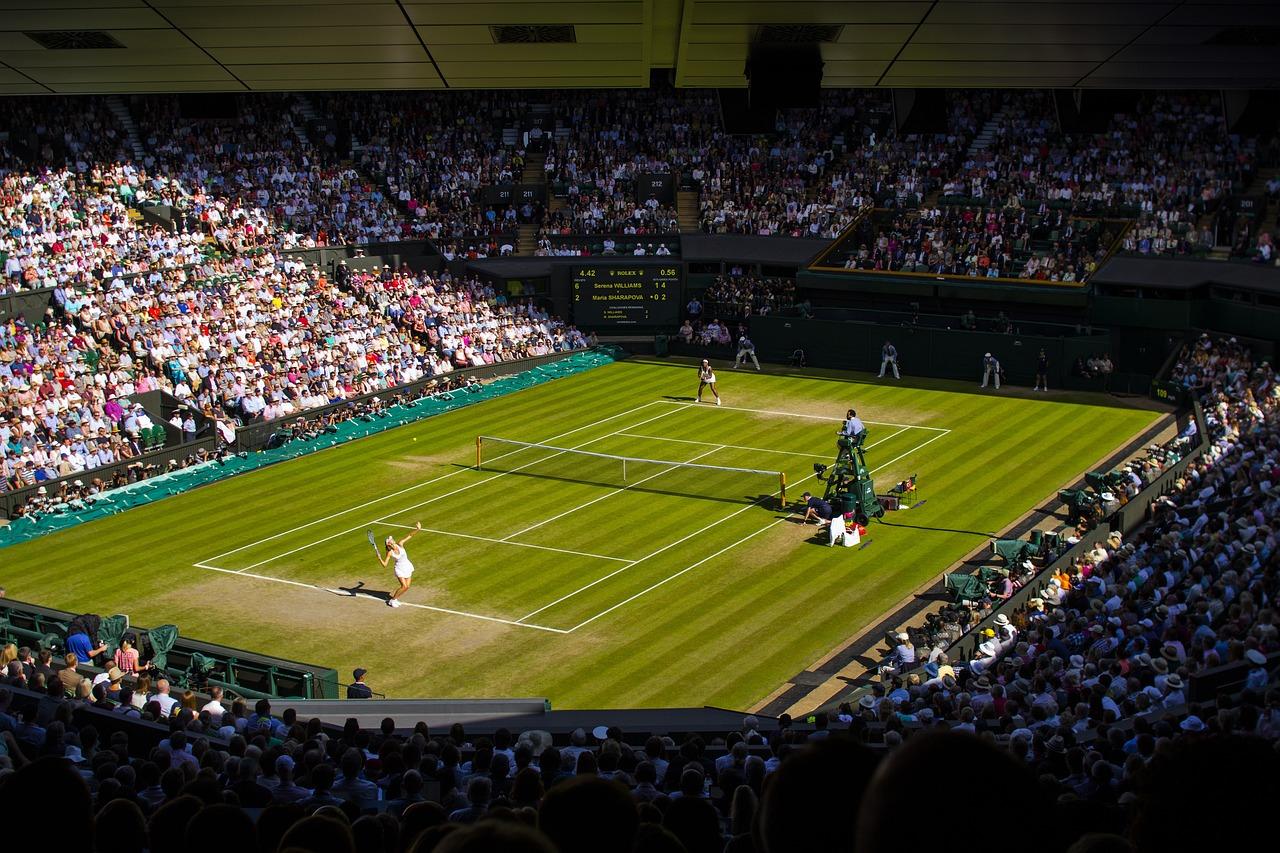
The Origins and Early History of Wimbledon
The story of Wimbledon starts in 1877, when the ‘All England Croquet and Lawn Tennis Club’, hosted the very first Wimbledon tournament at Worple road.
This event looked very different to the sights and scenes we are familiar with today when we think of Wimbledon, there were only 22 participants and the event drew a crowd of about 200 spectators. There certainly wasn’t the huge stadium, enormous crowds and international audience that we’re used to now.
The first champion was Spencer Gore, (not to be confused with the artist), who was able to claim the silver cup for the first time, along with 12 guineas which was a nice return of 12 times the entry fee. Tennis was not an extremely popular sport at the time and the first tournament was in fact suspended over the weekend for the more contemporary and popular cricket game to go ahead.
Expansion of the Tournament
The tournament was successful enough to return each year and each time, it gradually attracted more and more spectators. This was greatly accelerated when Wimbledon expanded to include more events than just the men's singles game.
The women’s singles game was introduced to the tournament in 1884, and attracted not just an increase in viewership, but also a greater diversity of viewers. The victory went over to Maud Watson who bested the competition to earn a trophy of her own.
In the same year, the men’s doubles game was inaugurated. Brothers Ernest and William Renshaw beat Ernest Lewis and Teddy Williams to become the first doubles champions in Wimbledon history.
Eventually, in 1913, the Ladies doubles and the mixed doubles were introduced to Wimbledon. This was an exciting time in sporting history, since before this point, it was very controversial to see men and women playing alongside one another.
These new additions to Wimbledon have been a staple of the championship ever since and give something for viewers to look forwards to outside of the main bracket.
Nowadays, multiple legendary players participate in the championship and the fans anticipate their performances.
How Wimbledon Became Internationally Popular
Wimbledon started out as a small domestic event and originally exclusively included British competitors. At the time of its conception, the modern idea of ‘international sport’ was not nearly as prevalent as it is today.
In some ways, the rise of Wimbledon to the world stage, along with other popular events such as the Olympics and various world cups are what popularized the idea that nations could compete with each other as entertainment for viewers all over the world.
One of the defining events leading to the international popularity of Wimbledon was when May Sutton, a United States national, became the very first player to win the tournament as an international. The coverage and hype generated by her victory spread through both the British and American media and the name of Wimbledon started to be heard in more and more places throughout the world.
May Sutton who won in 1900 would soon be joined by the first international male champion, Norman Brookes of Australia, who won the 1905 tournament.
In 1908, the Olympic tennis games were hosted at Wimbledon, where the British athletes took home gold in both the men’s and the women's games. This event further amplified the reach of Wimbledon to international audiences, as the venue became recognizable to many more nations throughout the world.
Wimbledon has held some of the most iconic matches ever played.
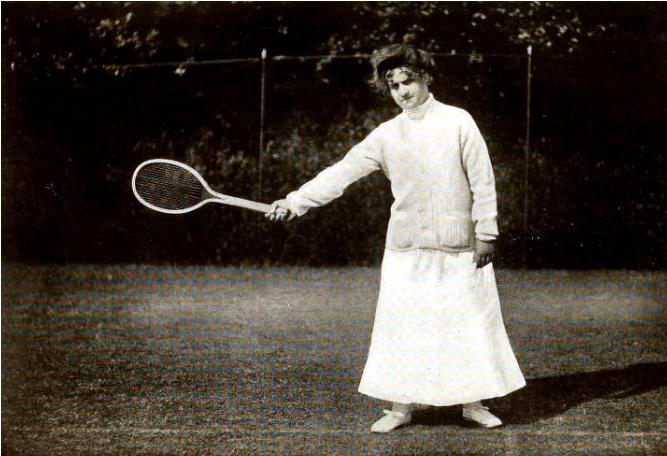

Wimbledon Traditions
Wimbledon has given rise to many unique traditions thanks to its long history and deep ties with British culture. Let’s look at a few of them.
The Royals
One of the most well known elements of the Wimbledon tournament is the attendance of the British royalty to each event. This tradition began in 1926 with the attendance of King George V and Queen Mary and ever since, we can expect to see some members of the royal family watching the game from the royal box on the centre court.
The Royals are allowed to invite guests and it’s not too uncommon to see stars and celebrities accompanying the royal family, which goes to show how truly prestigious the event has become.
Court Maintenance
An important aspect of the tournament is the pristine quality of the courts and the surrounding stadium. Unlike many modern sporting events which are played on artificial surfaces, requiring little maintenance, Wimbledon has always been played on real grass.
Because of this, great pride is taken by the community and the groundskeepers in rigorously ensuring that the courts are mowed, rolled and watered optimally, to give the players the best and fairest surface possible for their games.
Dress Code
Another time-honoured tradition at Wimbledon is the all white dress code, which players have adhered to since the tournament began.
With some very limited exceptions, players must be dressed in almost exclusively white, although the wording of the rule itself, which states ‘predominantly white’, allows for some exceptions.
The most common exception to these colour rules are in the form of colour trims on clothes, but even these must adhere to a strict standard of no more than a centimetre width.
Players and viewers alike often find themselves discussing the all white dress code with mixed feelings. Some feel as though the strictness is restrictive, while others feel that it helps to uphold the class and elegance of the event.
Technology in Wimbledon
Alongside the cultural traditions and the expansion of the tournament throughout its history, there’s another factor that has been constantly evolving at Wimbledon.
The technology used, both to facilitate and to document the event has been changing ever since its origin. Let’s go over some examples.
Retractable Roof
Whenever we talk about technology and tennis, it’s hard to ignore one of the best innovations, even if it is a more recent one in Wimbledon history.
In 2009, rain had delayed enough matches that the Wimbledon authority decided something needed to be done. The result was the design and installation of a retractable roof, which is now an iconic feature of the venue.
Thanks to its ingenious design, matches no longer need to be postponed due to poor weather conditions and play can continue later into the night.
The Wimbledon ‘Hawk Eye’
Tennis is a sport that involves a very small and very fast moving ball; as a result, even the best umpires on earth would still have some difficulty in making the right call as to whether a ball is in or out after a high speed shot.
Thanks to the hawk eye system, which is a network of several synchronized cameras that automatically track the ball, it’s no longer a guessing game and almost all of the previously ambiguous calls can be made with near perfect accuracy.
Tennis players are notoriously stubborn about such calls, and understandably so when so much is on the line. This technology has greatly helped settle discussions which could have become a lot more heated if it weren’t for its intervention.
AI at Wimbledon
More recently, Wimbledon can use AI technology to quickly and effectively deliver match insights and information to viewers, even going as far as to use language models to generate live commentary based on raw data.
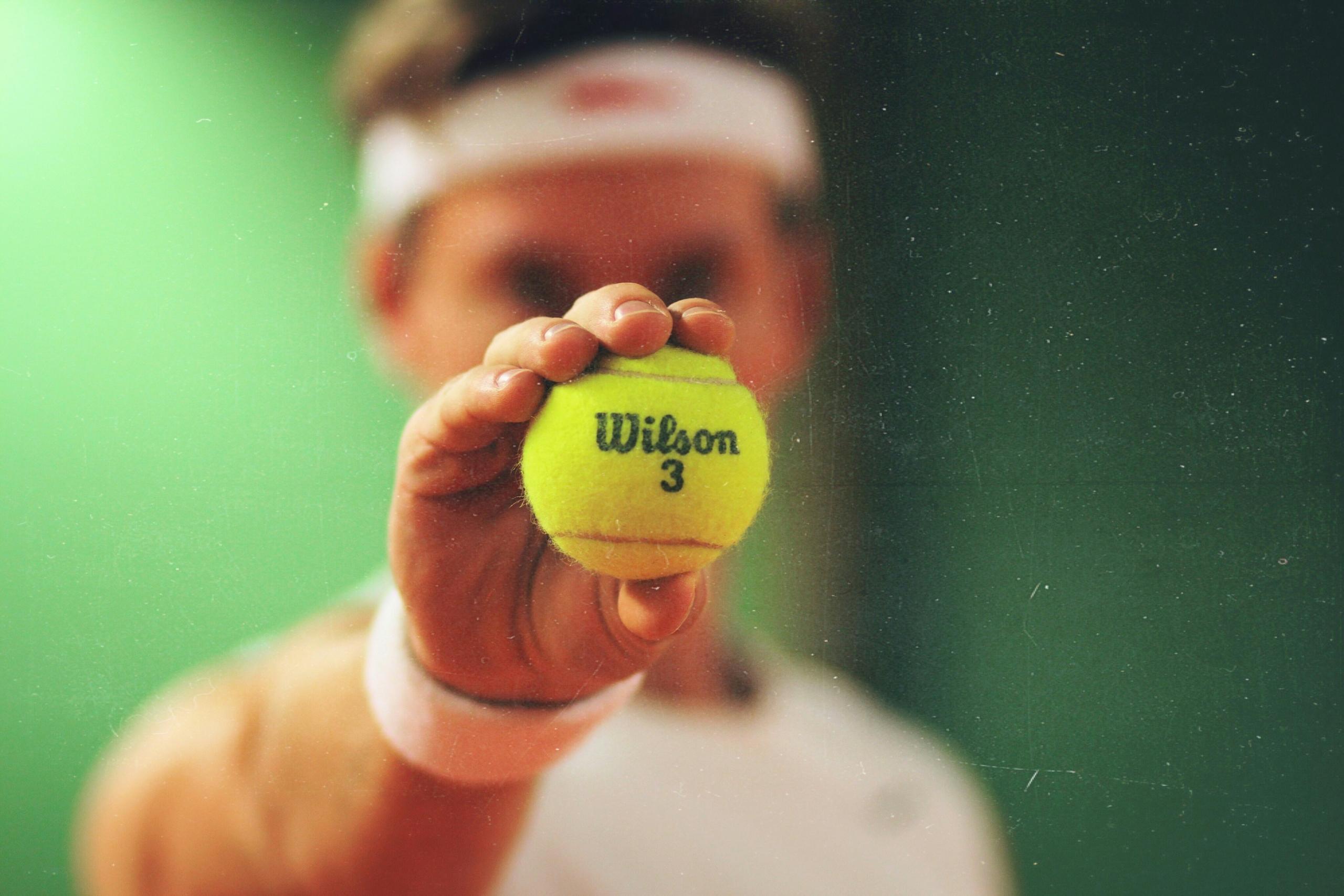
Afterword
Thank you so much for reading this article about the history of Wimbledon. We hope you were able to learn something or at least brush up on your Wimbledon knowledge and all the information you should know.
If you want to learn more about tennis, or a vast number of different subjects, make sure to check out the other articles here on the Superprof blog.
Thinking of upping your own tennis game? Why not check out Superprof’s premier service, which shows you the best rated coaches, based on your location and budget.
Booking sessions is easier than ever, as Superprof facilitates communication between educator and student…. Did we mention that the first lesson is often free?
Try it out today!

